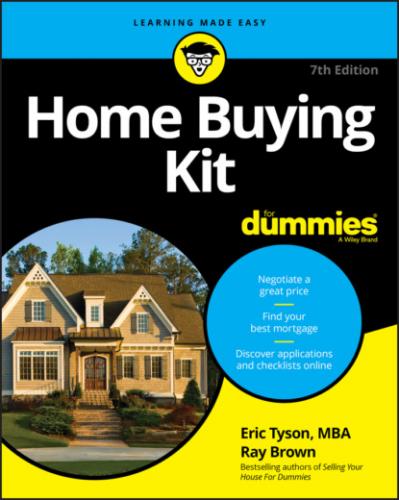Insurance
When you purchase a home, your mortgage lender almost surely won’t allow you to close the purchase until you demonstrate that you have proper homeowners insurance. Lenders aren’t being paternalistic, but self-interested. You see, if you buy the home and make a down payment of, say, 20 percent of the purchase price, the lender is putting up the other 80 percent of the purchase price. So if the home burns to the ground and is a total loss, the lender has more invested financially than you do. In most states, your home is the lender’s security for the loan.
Some lenders, in years past, learned the hard way that some homeowners may not care about losing their homes. In some cases, where homes were total losses, homeowners with little financial stake in the property and insufficient insurance coverage simply walked away from the problem and left the lender with the financial mess. Because of cases like this, almost all lenders today require you to purchase private mortgage insurance (PMI) if you put down less than 20 percent of the purchase price when you buy. (We discuss PMI further later in this chapter, in the section titled “The 20 percent solution.”)
When you buy a home, you should want to protect your investment in the property (as well as cover the not-so-inconsequential cost of replacing your personal property, if it’s ever damaged or stolen). In short order, your clothing, furniture, kitchen appliances, and beer-can collection can tally up to a lot of dollars to replace.
Just as you should do when you shop for a car, get quotes on insuring properties as you evaluate them, or ask current owners what they pay for their coverage. (Just remember that some homeowners overpay or don’t buy the right kind of protection, so don’t take what they pay as gospel.) If you overlook insurance costs until after you agree to buy a property, you can be in for a rude awakening.
| Item | Estimated Monthly Expense |
| Mortgage payment | $ |
| Property taxes | + $ |
| Insurance | + $ |
| Improvements, maintenance, and other | + $ |
| Homeownership expenses (pretax) | = $ |
| Tax savings | – $ |
| Homeownership expenses (after tax benefits) | = $ |
Maintenance and other costs
As a homeowner, you must make your mortgage and property tax payments. If you don’t, you’ll eventually lose your home. Homes also require maintenance over the years. You must do some kinds of maintenance (repairs, for example) at a certain time. You never know precisely when you may need to fix an electrical problem, patch a leaking roof, or replace the washer and dryer — until the problem rears its ugly head, which is why maintenance is difficult to budget for. (Painting and other elective improvements can take place at your discretion.)
In addition to necessary maintenance, you should be aware (and beware) of what you may spend on nonessential home improvements. This Other category can really get you into trouble. Advertisements, your neighbors, and your co-workers can all entice you into blowing big bucks on new furniture, endless remodeling projects, landscaping, and you name it.
The amount you expect to spend on improvements is just a guess. It depends on how finished the home is that you buy and on your personal tastes and desires. Consider your previous spending behavior and the types of projects you expect to do as you examine potential homes for purchase.
| Item | Estimated Monthly Expense |
| Mortgage payment | $ |
| Property taxes | + $ |
| Insurance | + $ |
| Improvements, maintenance, and other | + $ |
| Homeownership expenses (pretax) | = $ |
| Tax savings | – $ |
| Homeownership expenses (after tax benefits) | = $ |
The
